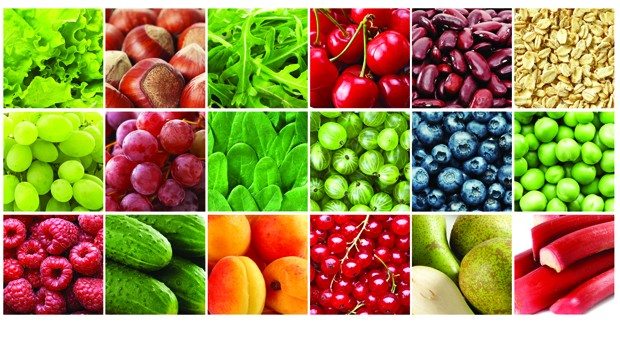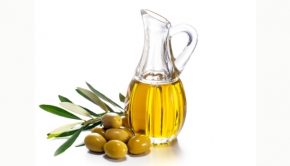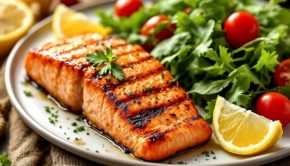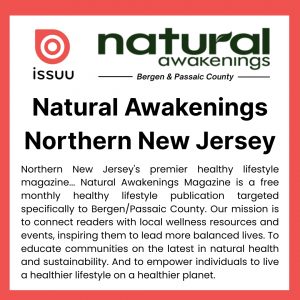WHOLE FOOD ~ Greater than the Sum of its Parts
Western science is obsessed with deconstructing food, researching and analyzing its component parts, isolating the active ingredients, repackaging them in pills or powders and prescribing them in daily doses. But according to Annemarie Colbin, Ph.D., author of Food and Healing, this chemistry-based theory of nutrition is upside-down.
Colbin, founder and CEO of the Natural Gourmet Institute for Health and Culinary Arts, in New York City, has crafted her own nutrition theory based on more than 30 years of nutrition practice, teaching from a foundation that a whole food, like the complex human being consuming it, is greater than the sum of its parts.
She defines whole foods as “those that nature provides and all the edible parts.” She limits them to those comprising one ingredient, such as plants, whole grains, beans, vegetables, fruits, nuts and seeds.
Animal foods are more challenging to categorize. Eggs are a whole food, but steaks are not, because they are one part of the entire animal. She includes small fish if we eat the head and bones, and small birds like quail. Whole milk is included, but not low-fat dairy.
Colbin maintains that our bodies know the difference between a whole food and an aggregation of isolated nutrients. We have evolved over thousands of years to eat the food that nature presents to us, and if that food has been fragmented, the body realizes it and seeks what’s missing.
For example, if we eat fragmented wheat like white bread, in which the bran and germ of the whole grain have been removed, the body will still be hungry and seek the missing part of the food, something with fiber or crunch. Likewise, health enthusiasts that devour wheat germ or wheat bran in isolation will also feel something is missing and may find themselves craving refined flour in the form of cake or other baked goods.
Table sugar is another example, a fragment of sugar cane. Colbin calculates that it takes 17 feet of sugar cane to make one cup of sugar. What’s missing is mostly the cane’s water content and the result, she says, is that sugar makes you thirsty. It’s a big reason why when we drink a soda, ingesting an average equivalent of 12 teaspoons of sugar, we’re thirsty afterward and drink even more, creating a vicious cycle.
Fruit juices are, by definition, a fragmented food. When we drink orange or grapefruit juice, all or most of the fiber from the raw fruit is obviously missing. Craving something to chew, we may reach for chips or something crunchy. Vegetable juices may yield the same result.
Colbin cautions that while vitamin and mineral supplements can be helpful in treating specific conditions or deficiencies, they nevertheless comprise fragments of food at best. She notes that the body may have difficulty processing these isolated nutrients outside of the whole food.
Supportive studies include Kentucky’s University of Louisville School of Medicine comparison of the effects of the spice turmeric with those of its active ingredient, curcumin. Adding the whole food turmeric to the diet of rats reduced inflammation significantly, while curcumin alone was ineffective. Results suggested the difference may be explained by turmeric’s higher bioavailability.
A Pennsylvania State University research review determined that although population studies consistently report that a diet rich in fruits and vegetables protects against cardiovascular and other chronic diseases, studies of antioxidant supplements did not show the same benefits. The difference may be that a whole foods diet naturally contains not only antioxidants, but a wide range of nutrients and compounds that may act synergistically to protect against diseases.
Colbin goes further, suggesting that supplements may even make us less likely to want to eat vegetables and set us up for junk food cravings to balance out too many vitamins or minerals. Her advice is to use vitamins and supplements if medically required, but not every day and not for a lifetime.
Her views are all about maintaining the natural balance in the foods that nature provides without worrying about striving for perfection or radical changes in diet. Colbin recommends aiming for 70 percent whole foods overall to keep everything in balance. Start by taking a few small changes, listen to the body to see if there’s a noticeable difference and adjust accordingly.
Margie King is a former corporate attorney now working as a holistic health and nutrition coach and natural health copywriter from Philadelphia, PA. Connect via NourishingMenopause.com.





























